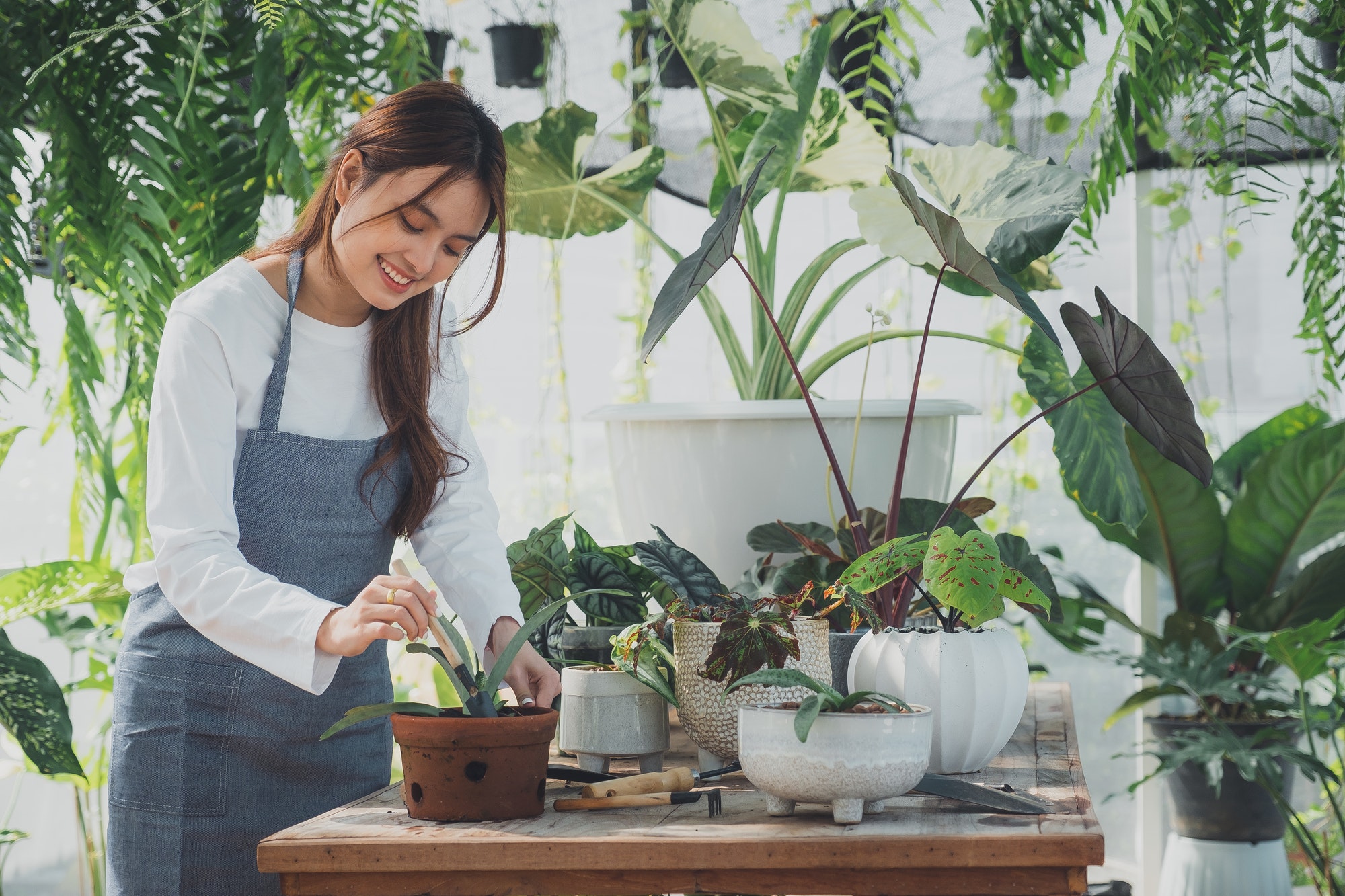The rewards of growing your own vegetables can be tremendous. There are several tips to grow delicious vegetables. Start early and stagger your planting dates to reap large crops and a constant supply of produce. The timing of the harvest may be affected by certain issues like early frost or colder-than-normal temperatures. You can label the rows with the start dates. Gardening is a great way to spend your free time. Listed below are the most important things to remember when gardening.
Millennials are embracing plant-parenthood. According to PBS, millennials are the most stressed generation in history. The stress that millennials are facing includes generational, environmental, and pandemic, which have led to studies showing that half of them are chronically stressed. The good news is that growing plants in your own home can reduce stress, improve indoor air quality, and help you feel healthier. The health benefits of gardening can extend to the entire family.
A good way to ensure healthy growth is to harvest the fruits and vegetables as you go along. Harvesting stimulates new growth by increasing air and sunlight to the plants. You should harvest leafy greens in spring, summer, and autumn to enjoy the flavor of fresh, homegrown produce. It is also good for your pocketbook, too, as these vegetables are usually free. You may also want to consider establishing community gardens, where you can offer plots to urban dwellers.
The first step to harvesting vegetables is to check their maturity. For example, cabbage and turnips are harvested when they reach a solid head. The size of the head depends on the variety. Broccoli and cauliflower should be harvested when the buds form tight clusters. If the flowers appear before maturity, remove them immediately. Cauliflowers are harvested when they are about sixteen to twenty centimeters in diameter. By paying attention and using your senses, you will be able to identify when to harvest a particular vegetable.
If you have limited space, consider starting with small vegetable gardens. Then, improve your soil and manage weeds. Once you have mastered this, try growing some herbs and vegetables you enjoy. The most common varieties include mint, basil, sage, rosemary, and chives. To add interest to your plants, you can also grow specialty vegetables. A variety of herbs will complement your garden and enhance your taste. One of the most delicious herbs is basil.
You can grow vegetables in containers, in planting beds, or even in the ground. Containers are a great way to grow vegetables in a small space. Some vegetables are grown in containers, and you can easily grow lettuce, radishes, and carrots from a twelve-inch pot on your back deck. Whether you grow your vegetables in containers or in the ground, remember that the sun, soil, and fertilizer are crucial for their growth.
If you’re not sure about planting seeds, you can grow them yourself. Many varieties are sold as starter plants and can be started indoors. They can be transplanted outdoors if you’re willing to spend the time. If you’re not sure where to start, you can always choose a community garden or try growing plants in pots. Raised beds are a great way to grow plants outdoors. These are wooden boxes filled with soil that are six to twenty-four inches off the ground.

